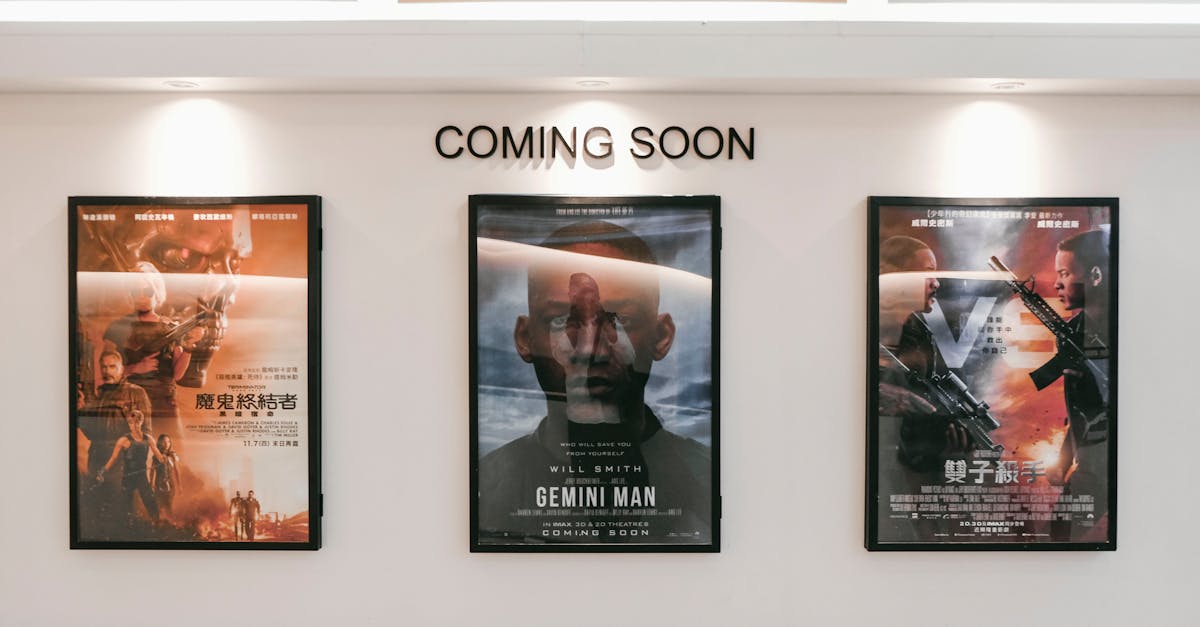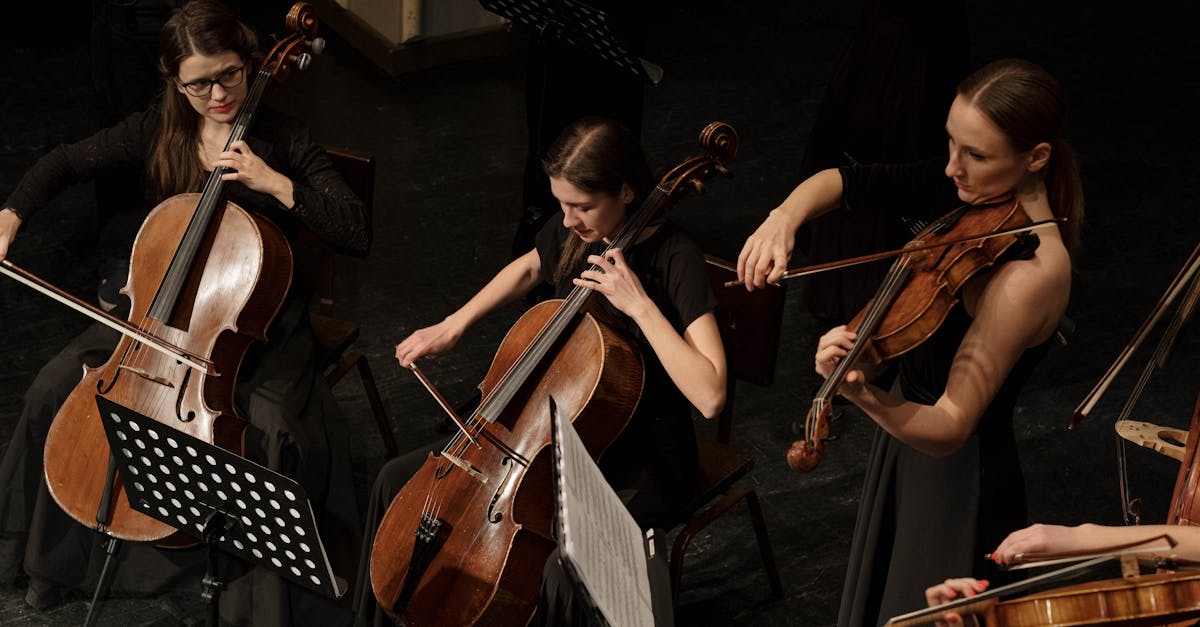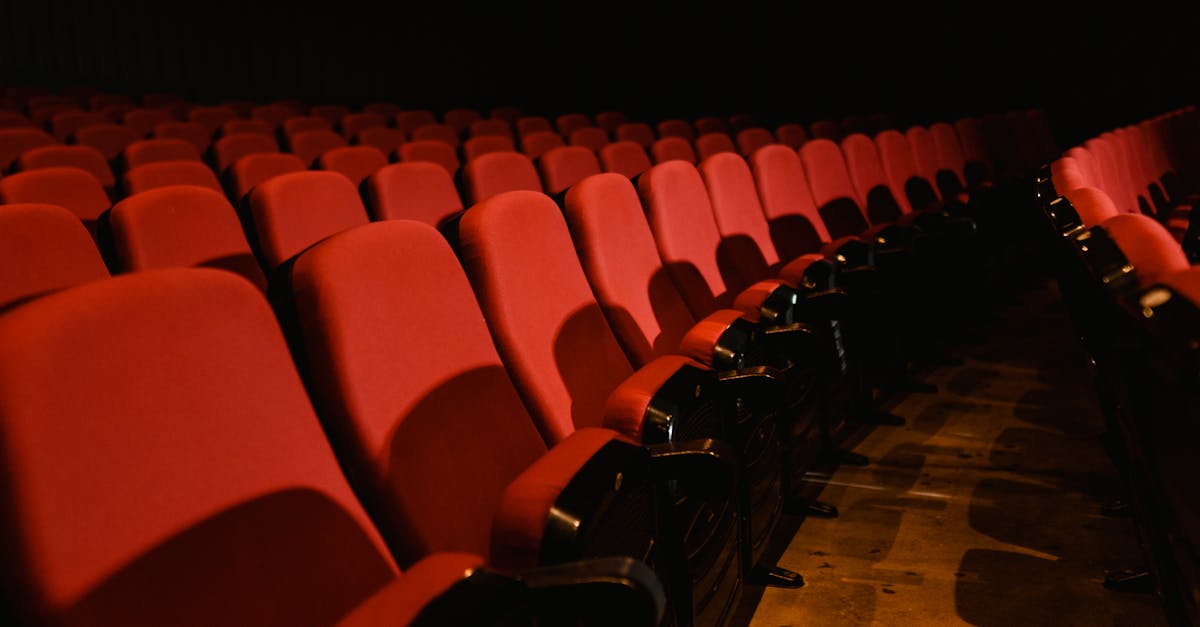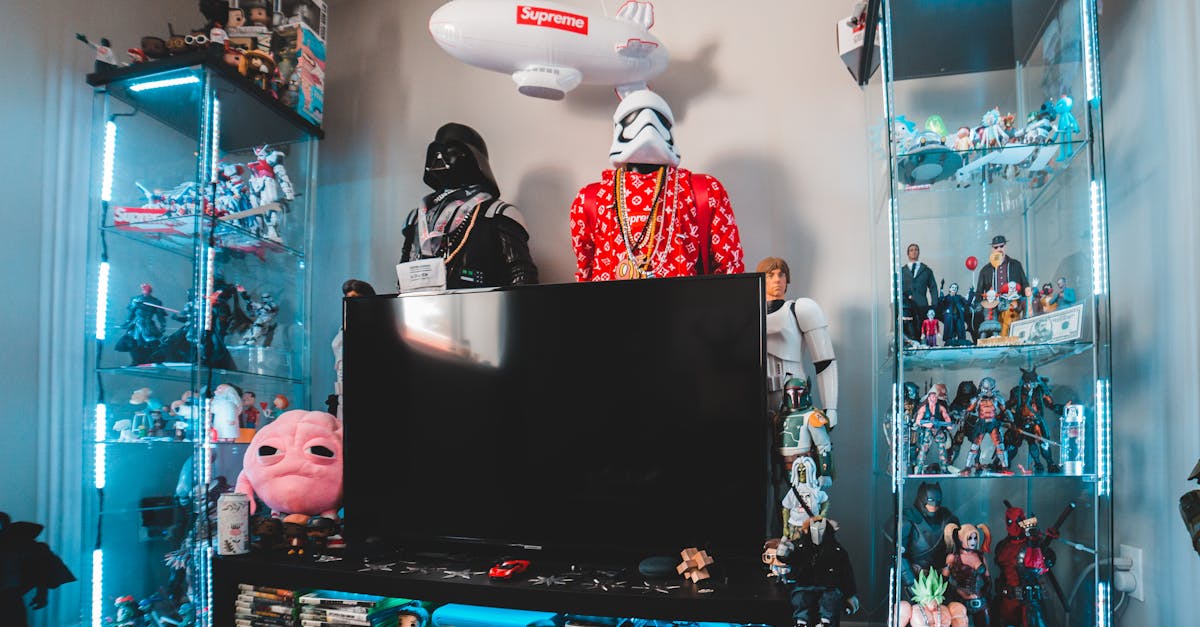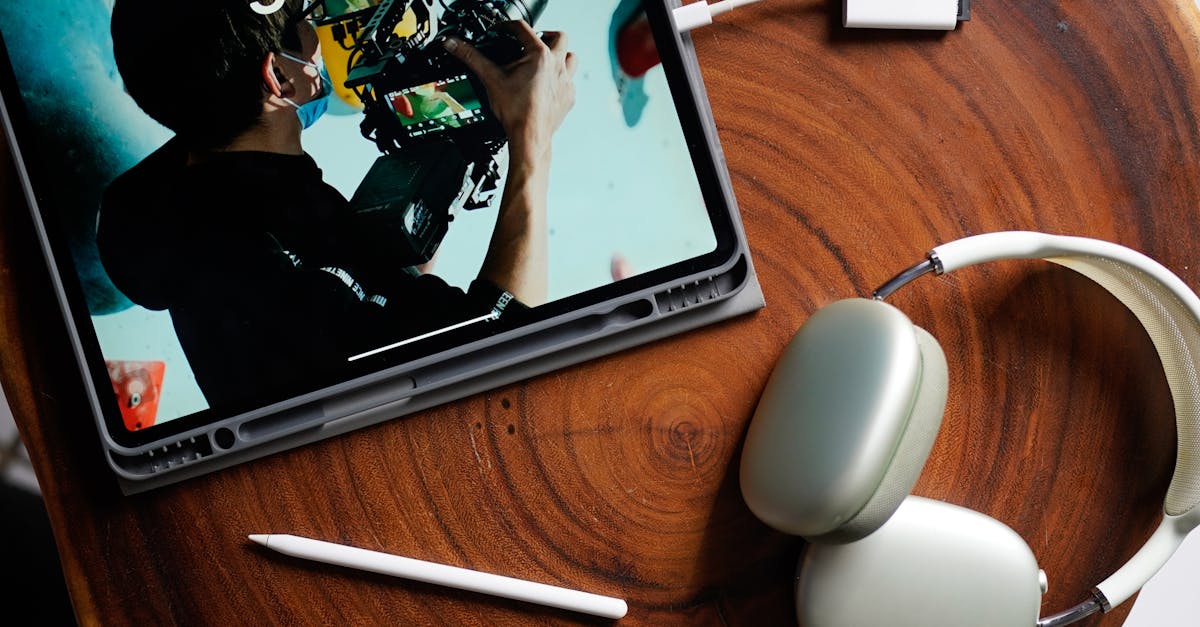Cinematic Magic Uncovered The Secrets of Film Craft
Introduction
Cinema, the magical lens through which we explore alternate realities, has intrigued audiences since the dawn of film. Often, viewers are left mesmerized, wondering how filmmakers achieve the complexities of storytelling so beautifully. What are the secrets behind creating such compelling experiences? It’s a blend of art and science, creativity paired with technology. From lighting to special effects, each element plays a crucial role in crafting an unforgettable cinematic narrative. This article delves into the fascinating techniques that bring motion pictures to life.
Advertisement
The Power of Cinematography
Cinematography is the heart of visual storytelling. It involves choosing the perfect camera angles, tracking movements, and capturing the essence of a scene. Lighting is essential—whether natural or artificial, it sets the scene's mood and atmosphere. A well-composed shot can convey emotion as effectively as dialogue. The art of cinematography includes creative techniques like using depth of field and camera filters to enhance the visual narrative. Master cinematographers, like Roger Deakins, use their lens to influence the viewers' perception and emotional response, transforming films into visual masterpieces.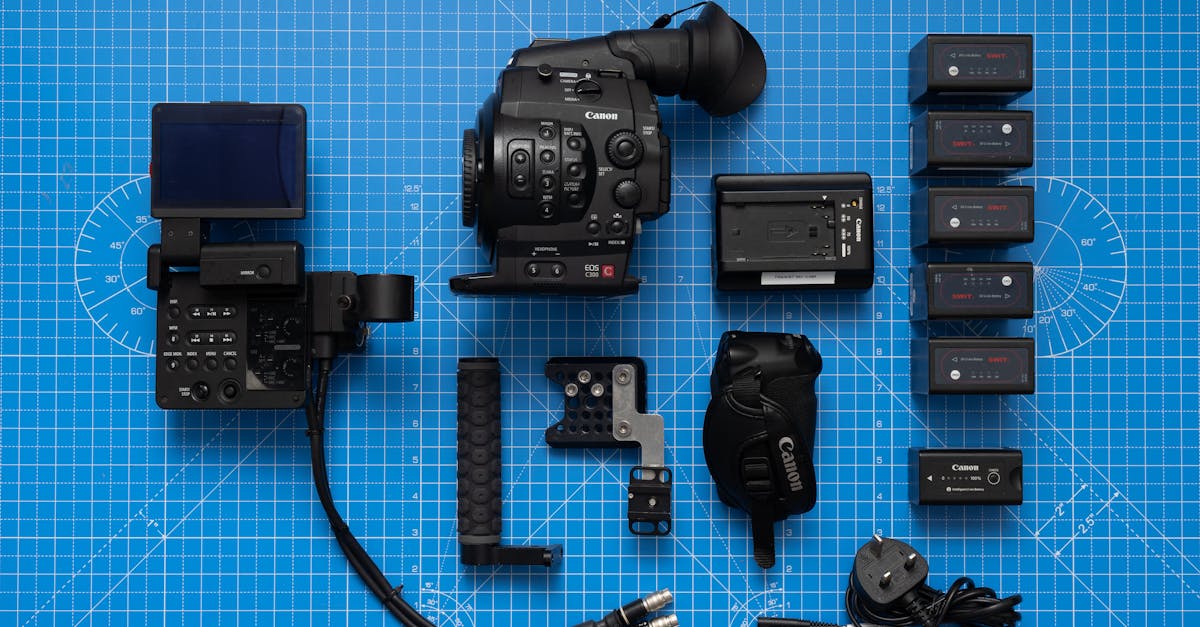
Advertisement
The Role of Editing
Editing is the invisible art that shapes the pacing and rhythm of a film, creating seamless transitions and maintaining viewer engagement. Editors piece together raw footage to form a cohesive story, deciding which scenes get the spotlight and which fade into the background. Techniques such as cross-cutting and montage can elevate storytelling by juxtaposing different narratives and time frames. The editor's craft becomes particularly apparent in genres like thrillers and action films, where tension is heightened through quick cuts and sudden shifts. Essentially, editors breathe life into the narrative, making editing an indispensable part of cinematic magic.
Advertisement
Sound Design and Scoring
While visuals dominate, sound and music imbue a film with emotional depth, often leaving a lingering impact. Dialogue, although crucial, is just one component. Foley artists meticulously recreate ambient sounds, enhancing realism in every scene. Meanwhile, composers orchestrate soundtracks that mirror and elevate the narrative arc. Iconic scores, like those by John Williams or Hans Zimmer, often become synonymous with the films themselves. Through sound design, filmmakers manipulate acoustics to evoke emotions, immerse the audience, and amplify storytelling.
Advertisement
Special and Visual Effects
Special effects, once limited to practical techniques, have evolved into complex visual effects (VFX), opening new storytelling possibilities. VFX artists create surreal worlds, bringing fantastical narratives into the realm of believability. Green screens, CGI, and motion capture enable filmmakers to defy the limitations of reality. Yet, despite technological advances, practical effects remain invaluable: directors like Christopher Nolan seamlessly blend real stunts with digital effects to maintain a sense of authenticity. Whether crafted digitally or physically, effects are vital in realizing the director's vision, making the unbelievable believable.
Advertisement
Costume and Set Design
Costume and set design are visual storytellers, providing clues about time, place, and character. Thoughtfully designed sets create immersive worlds, while costumes inform the audience about a character's personality or evolution. In period films, authenticity in design becomes crucial in transporting audiences to a different era. Designers also use color palettes strategically to evoke emotions or highlight themes. Iconic costumes, such as Indiana Jones’ fedora or Darth Vader’s armor, become extensions of the characters, etched into the cultural fabric. Together, set and costume design enhance the narrative, contributing to a film’s overall aesthetic and impact.
Advertisement
The Art of Directing
Directors orchestrate the film’s creative vision, guiding the collaborative process to fulfill their narrative intentions. They work closely with actors, extracting performances that breathe life into characters. Renowned directors like Quentin Tarantino or Greta Gerwig imprint their distinctive style, creating films that carry their signature trademarks. Direction encompasses overseeing every component—storyboarding, framing, dialogue delivery, and action sequences. A director's auteur touch can transform a script into a visual poem, where each scene echoes with purpose and innovation. As the films' architects, directors channel cinematic magic into a unified artistic expression.
Advertisement
Integration of Theme and Story
Every successful film has underlying themes weaved seamlessly into its narrative. Themes add layers, offering audiences deep reflections on life, morality, or society's complexities. Whether overt or subtle, themes provide coherence and meaning, often resonating long after the final credits. Scriptwriters build plots with narratives that reflect these motifs, within characters' journeys, dialogues, and conflicts. Well-integrated themes enable films to transcend entertainment, fostering emotional connections and sparking dialogue. In cinema, storytelling is both intricate and profound—a dance between directors, writers, and themes, creating impactful experiences.
Advertisement
Cinematic Innovation and Future Trends
Film is an ever-evolving medium, incorporating new technologies that constantly redefine storytelling. Innovations like virtual reality (VR) and augmented reality (AR) promise immersive ventures into cinematic worlds, offering audiences new experiential dimensions. Streaming platforms experiment with interactive films, allowing viewers to influence narratives. As AI emerges, filmmakers explore its integration—from smart editing software to AI-driven script development. The evolution of storytelling technologies enriches cinematic possibilities, inviting the next generation of filmmakers to harness these innovations in forging the future of cinema.
Advertisement
Conclusion
Cinematic magic lies in the harmonious blend of creativity and technology, birthing compelling visual narratives that captivate audiences. Each element—from the evocative cinematography to intricate sound design—intertwines to create an immersive experience. As filmmaking techniques evolve, so does our ability to tell stories, reflecting cultural shifts and personal connections. While the tools of cinema may change, the art of storytelling remains a constant, influencing how we relate to the world. As cinema continues its evolution, we remain enchanted, drawn by the eternal dance of light, sound, and emotion that defines the magic of film.
Advertisement
